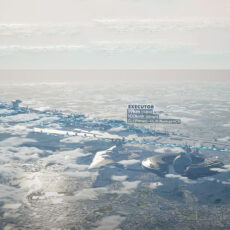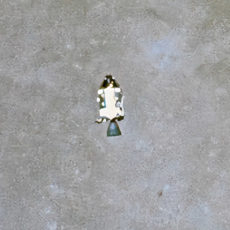
NASA / ESA’s Hubble Space Telescope recently observed NGC 685, a bluish glowing barred spiral galaxy located 58 million light-years from Earth in the constellation Eridanus. This galaxy, first discovered by British astronomer John Herschel in 1834, lies south of the celestial equator and can be seen from the southern hemisphere at certain times of the year.

NGC 685 spans approximately 60,000 light-years across, or slightly more than half the size of our Milky Way. The bright blue patches along the galaxy’s arms are actually star clusters, while the streaks of dark red near the central bar show interstellar gas and dust. Barred spiral galaxies are more common than you think, as two-thirds of them have a central bar like NGC 685.
- Feed a passion for science and technology – Kids can learn more about the challenges of space exploration with this LEGO Technic NASA Mars Rover...
- Conduct a test flight – This advanced building kit for kids ages 10 and up includes a buildable toy version of NASA’s Ingenuity helicopter, which...
- AR brings the mission to life – The accompanying augmented reality app experience lets kids dive into the details of the rover and its mission
NASA’s Hubble Space Telescope took this image as part of a scientific effort to study star cluster formation and evolution. Hubble’s ultraviolet capabilities are well-suited to this task, since young stars shine brightly at ultraviolet wavelengths. An average-sized galaxy like NGC 685 can have around 100 million stars, which is on the low end,” said Claire Andreoli, Public Affairs Officer at NASA.










